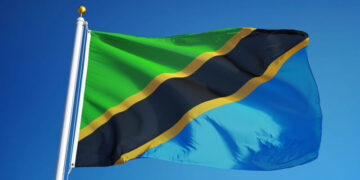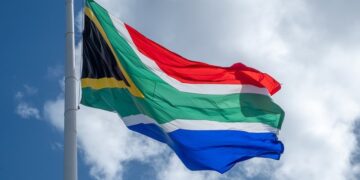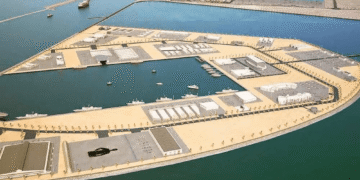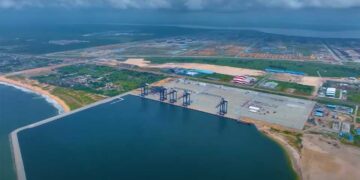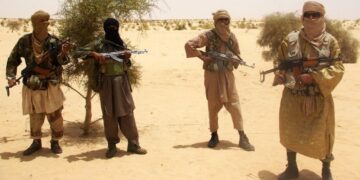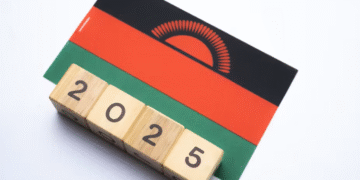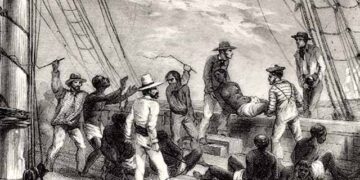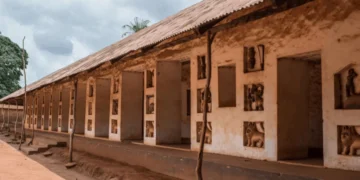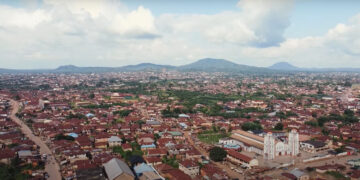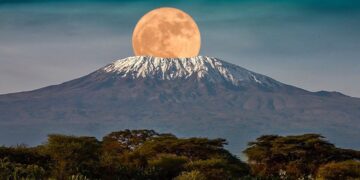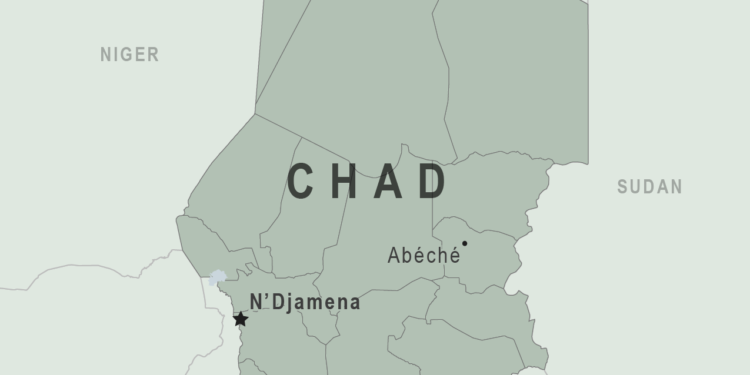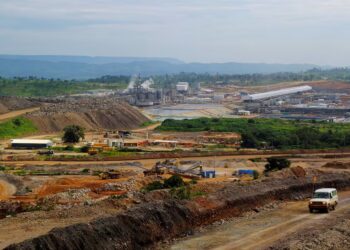Chad is bounded on the north by Libya, on the east by Sudan, on the south by the Central African Republic, and on the west by Cameroon, Nigeria, and Niger. The frontiers of Chad, which constitute a heritage from the colonial era, do not coincide with either natural or ethnic boundaries.
The largest landlocked nation in Africa and the sixth largest overall is Chad. The nation of Chad, named for Lake Chad, is larger on land than the combined areas of Germany, Spain, and France. The capital, N’Djamena (formerly Fort-Lamy), is almost 1,000 miles (1,600 km) by road from the western African coastal ports.
Polygamy is common, with 39% of women living in such unions. This is sanctioned by law, which automatically permits polygamy unless spouses specify that this is unacceptable upon marriage. Urban life is concentrated in the capital, whose population is mostly engaged in commerce. The other major towns are Sarh, Moundou, Abéché and Doba, which are considerably smaller but growing rapidly in population and economic activity. Since 2003, 230,000 Sudanese refugees have fled to eastern Chad from war-ridden Darfur. With the 172,600 Chadians displaced by the civil war in the east, this has generated increased tensions among the region’s communities.
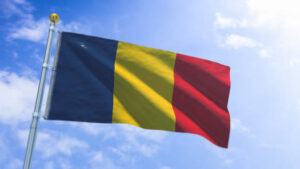
Although it is the fifth largest country on the continent, Chad—much of the northern part of which lies in the Sahara—has a population density of only about 20 persons per square mile (8 persons per square km). Most of the population lives by agriculture; cotton is grown in the south, and cattle are raised in the central region. However, Chad became an oil-producing nation in 2003, with the completion of a $4bn pipeline linking its oilfields to terminals on the Atlantic coast.
The largest hot desert in the world is the Sahara Desert. Climate change causes Lake Chad to shrink as the Sahara region grows. Since 1963, Lake Chad, which was once the largest freshwater lake in the world, has shrunk by up to 95%. Chad’s desertification has an impact on farming, herding, and fishing, which exacerbates the impacts of poverty and sparks disputes over resources.
Chad emerged from a collection of powerful states that controlled the Sahelian belt starting around the 9th century. These states focused on controlling trans-Saharan trade routes and profited mostly from the slave trade. The Kanem-Bornu Empire, centered around the Lake Chad Basin, existed between the 9th and 19th centuries, and at its peak, the empire-controlled territory stretching from southern Chad to southern Libya and included portions of modern-day Algeria, Cameroon, Niger, Nigeria, and Sudan.
Chad achieved its independence in 1960 and then saw three decades of instability, oppressive rule, civil war, and a Libyan invasion. With the help of the French military and several African countries, Chadian leaders expelled Libyan forces during the 1987 “Toyota War,” so named for the use of Toyota pickup trucks as fighting vehicles.



